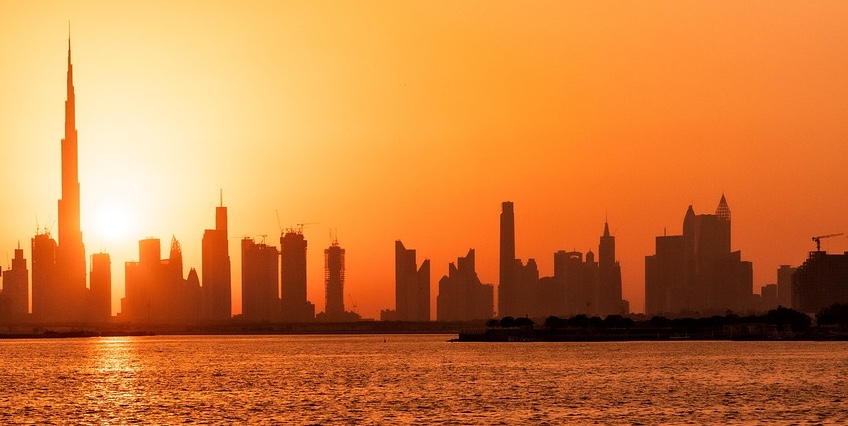Dubai is a city of contrasts, where desert and sea, heritage and futurism, commerce and conservation meet. Reading Dubai through the lens of feng shui means attending to form and flow, to the orchestration of landforms, waters, winds, urban scale, and symbolic architectures that shape collective experience. Dubai’s particular geography, culture and values can be embedded in evidence from environmental psychology, feng shui and urban policy. Dubai’s planners articulate a people-centred, polycentric vision to 2040, emphasising liveability, nature stewardship, and wellbeing. That civic intention is not incidental in feng shui terms. Intention, pattern, and practice interact. Where the macro-form supports the micro-habits of everyday life, wellbeing can be amplified.
Category Archives: Feng Shui For Cities
Feng Shui of Star Forts, Bastion Forts
Star forts, also known as bastion forts, are a type of fortification that emerged in the late Renaissance and early modern period, particularly during the 16th century. These forts were characterised by their distinctive star-shaped design, which allowed for improved defensive capabilities compared to earlier medieval fortifications. Here are some key points about star forts:
Historical Background
Origins: The development of star forts was primarily driven by the advent of gunpowder and artillery, which rendered traditional medieval castles with high walls and towers obsolete. The flat, angular design of star forts helped to better withstand and deflect cannon fire.
Spread Across Europe: Initially developed in Italy, the concept of star forts spread across Europe as military engineers adapted the design to local needs and conditions. Notable examples can be found in the Netherlands, France, Spain, and other parts of Europe.


